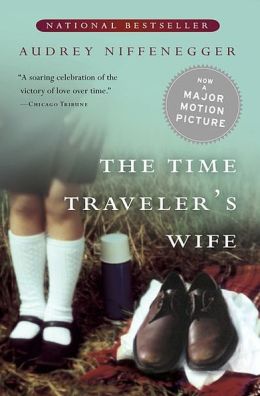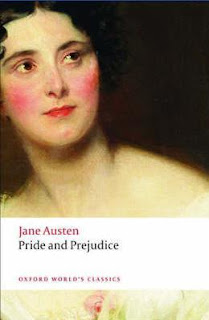This is a basic layout you'll find in most graphic novels. Even if each panel isn't solid (it could be broken into two, three, four across) it's a standard way to divide the page. This is used when events of equal importance are being conveyed. No one panel will draw more attention than the others due to placement or size. (There might be huge letters, bright colors, extreme close-ups, or a particular image that could draw the eye, but mostly, this is for similarly-important events that deserve generally equal attention.)
This is another fairly basic example, with one panel given more attention than the others. You could do this horizontally instead, with a cluster of small panels at the top, and a larger panel consuming the bottom half of the page. Personally, I prefer this vertical layout, because it makes the intended order of the smaller panels obvious. (If you had four panels in a square format at the top, you might wonder if you should go across first or down first. With these, you clearly read top-to-bottom.) There are also many interesting ways to use a tall vertical panel. One of my favorites that I've seen was peeking out from behind the silhouetted leg of our hero, at a harsh landscape with bad guys approaching. Very effective.
Staggered panels can emphasize feelings of uncertainty (particularly in the characters' future) or rapid-fire action. They're also useful for depicting a rapid back-and-forth dialogue between two characters, especially if they're in different places. When I think of this particular layout, I imagine two fighter pilots saying things like, "He's right behind me!" and "Where are you?!?" into their helmet headset things, while they're being fired at.
Ahh, the full page layout. This is for something incredibly important. It's so important, the whole page is needed to convey it. It's like holding up a stop sign for your reader and saying, "You may have just skimmed a few of those littler panels before, but you don't want to miss this one." Often, there's no dialogue on a page like this, or maybe one tiny utterance (like "Whoa" or the end of an interrupted sentence, preceded by an ellipsis). You're meant to take in all the details in a full-page illustration, instead of being distracted by words. These tend to come immediately after a character enters a new setting: a sweeping landscape, the interior of a spaceship, a room that is bigger than you might have expected.
Meta-panels! I don't think that's the "correct" term for this layout, but it's how I think of it. You have a full-page illustration in the background, with smaller panels on top of it. These are mightily useful when you're switching settings often. You can show the setting in the full-page illustration, and the action or dialogue can happen in the foreground, without wasting space. I think of a battle raging in the background, while you can see individual soldiers in the foreground panels, with dialogue and emotions and all that good stuff.
There are, obviously, thousands if not millions of other ways to lay out a page. These are just a few examples that I've seen time and time again. Look for these and others next time you pick up a graphic novel.































